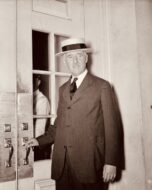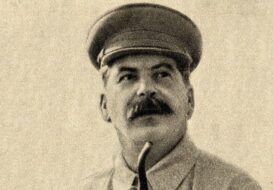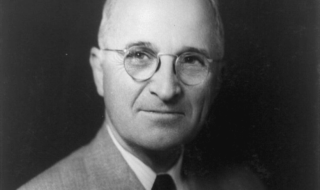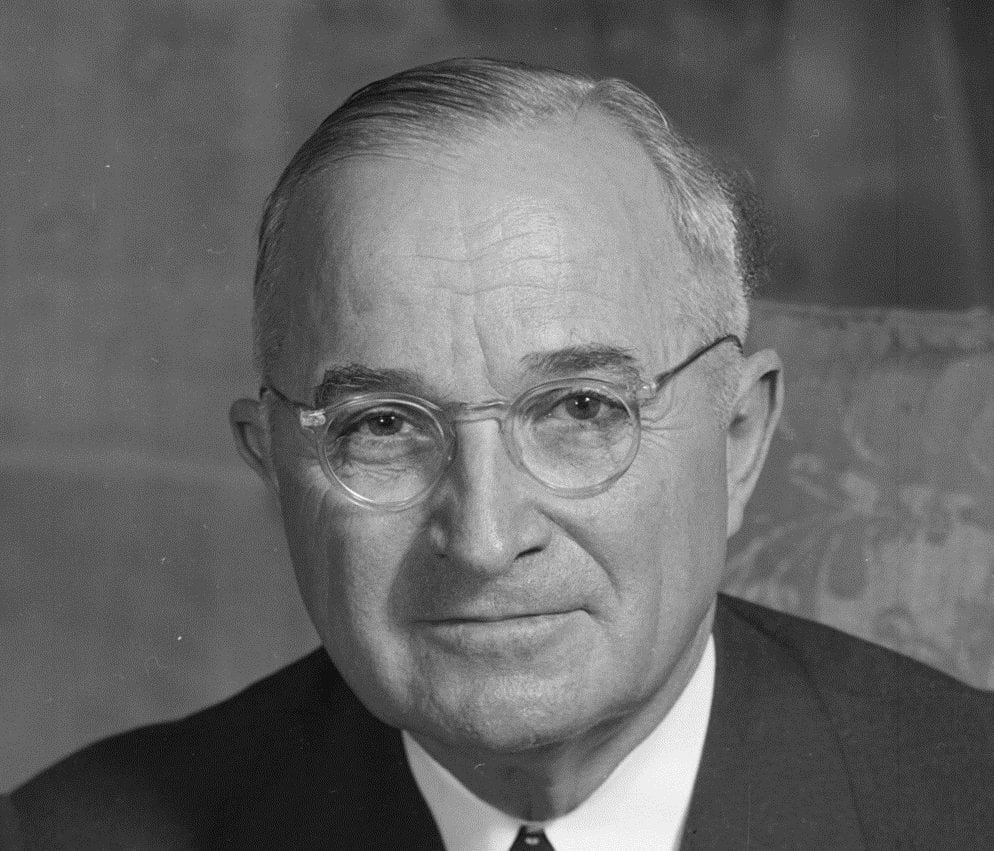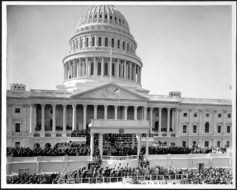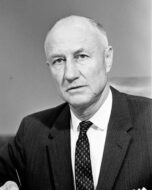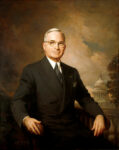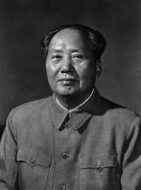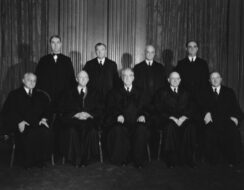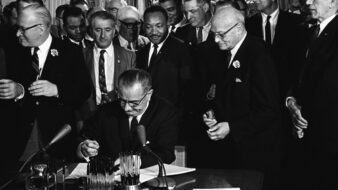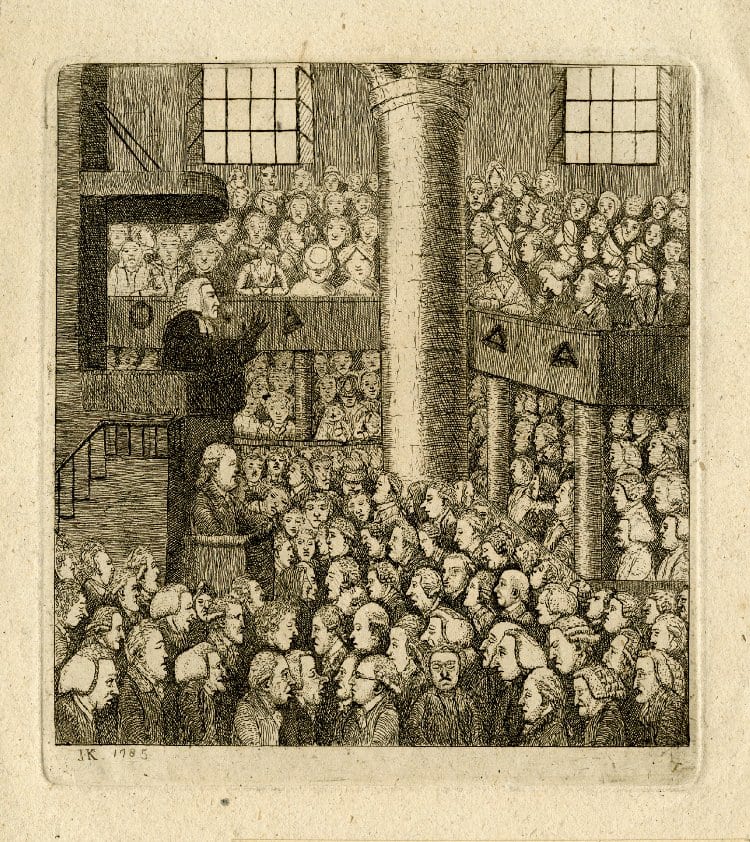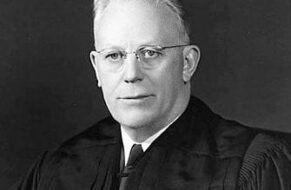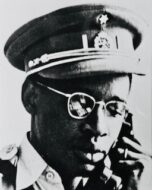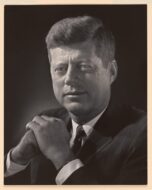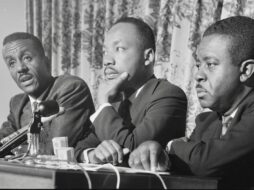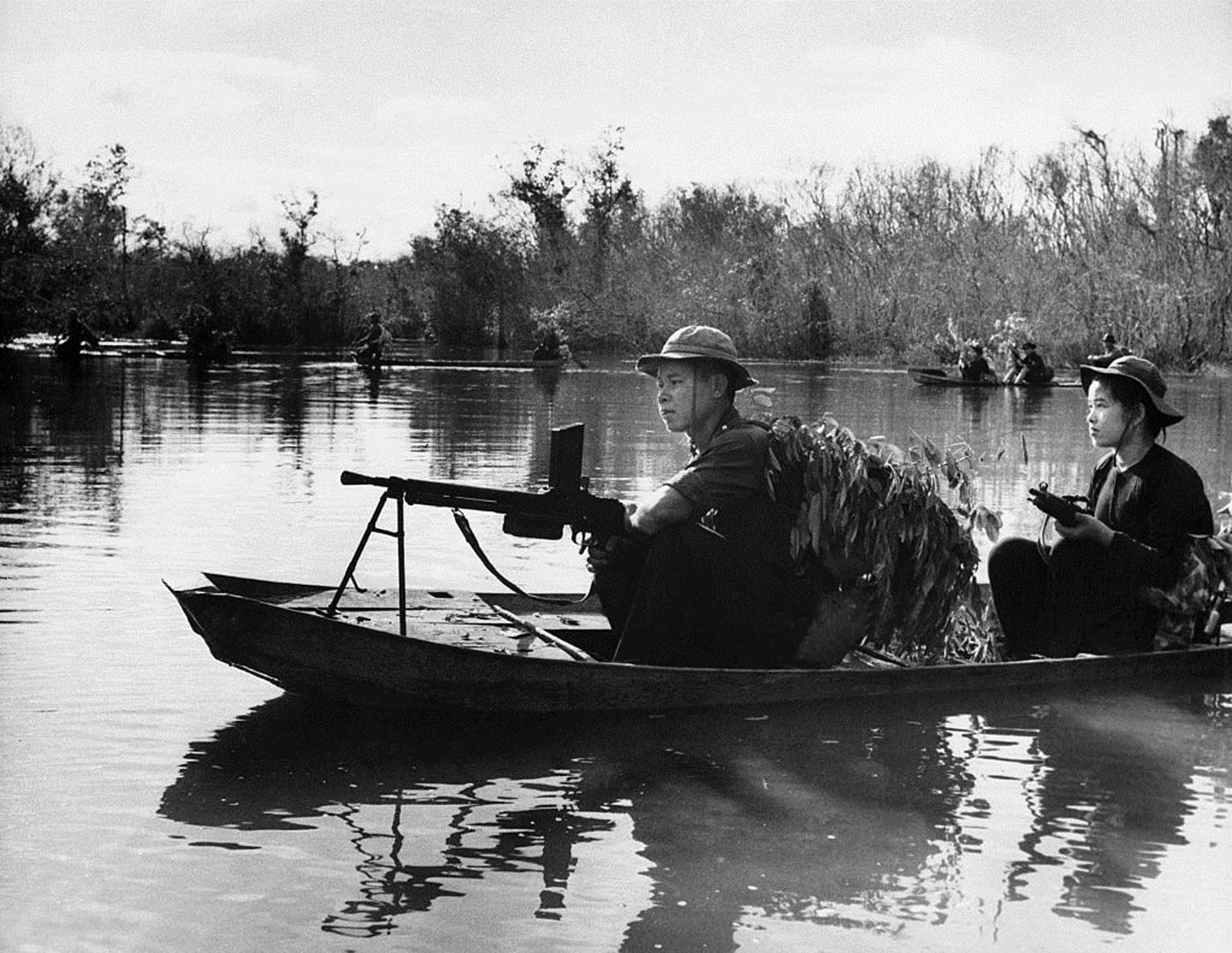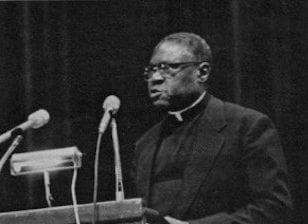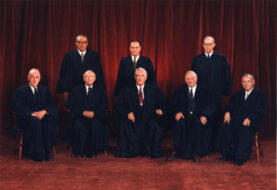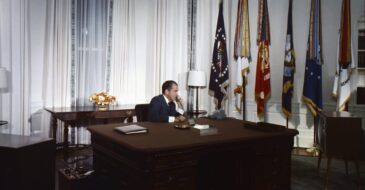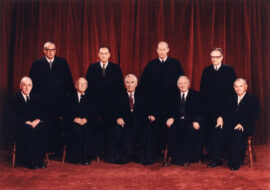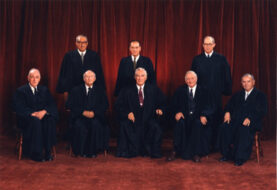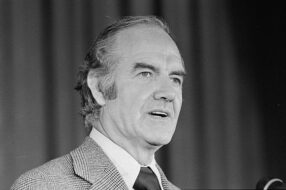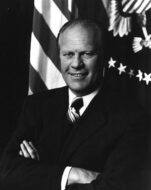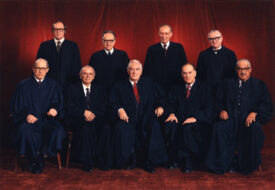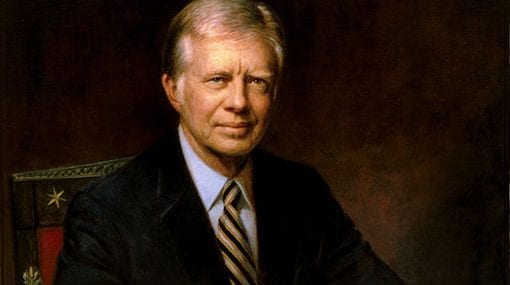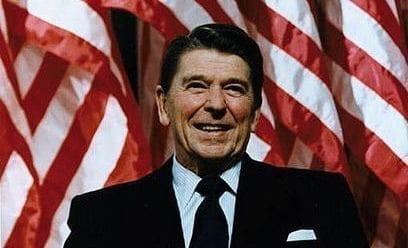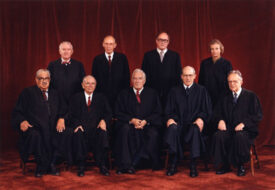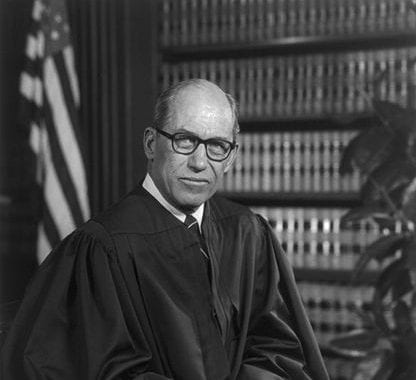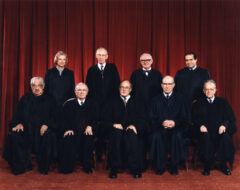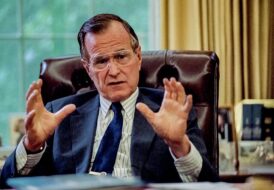
Introduction
The Cuban Missile Crisis of October 1962 brought the world to the brink of nuclear war. These documents relate to the crisis’s origins and tensest moments.
In the late 1950s, a revolution replaced Cuba’s undemocratic government with a communist regime led by Fidel Castro. In the face of U.S. efforts to topple his regime, including support for a failed invasion by Cuban exiles at the Bay of Pigs (1961), Castro turned to the Soviet Union, which provided military assistance. The U.S. government closely monitored this aid, as seen in Kennedy’s Statement on Cuba, dated September 4, 1962. In response to Castro’s ties with the Soviets and support for revolution in Latin America, the Kennedy administration intensified covert operations against the Castro regime (Operation MONGOOSE).
In September and October 1962, U.S. reconnaissance flights captured photographic evidence that the Soviet Union was secretly shipping nuclear warheads and missiles to Cuba and building launch bases there. President Kennedy convened a group of advisors (the Executive Committee of the National Security Council or ExComm) to provide recommendations on how to force the Soviet Union to remove the missiles, warheads, and bases. “Soviet Reactions to Certain U.S. Courses of Action on Cuba,” dated October 19, considers the motives of the Soviet Union for the deployment and outlines several possible responses: an ultimatum to the Soviets to remove the bases, a naval blockade, or a surprise military attack.
Intense discussions within the ExComm produced a recommendation to blockade or quarantine the island nation of Cuba in order to prevent completion of the deployment. The ExComm and Kennedy also wanted to use the quarantine as leverage to force the removal of the missiles and warheads already in Cuba. Kennedy announced this action to the country in a televised address on October 22.
The Soviet Union only partially respected the quarantine. Tensions mounted; several generals openly advocated a military strike, not knowing that the Soviet commander in Cuba had the authority to use the nuclear weapons on the island to defend his forces. Had he used the weapons to retaliate against a U.S. military strike, a full nuclear war between the United States and the Soviet Union almost certainly would have broken out. However, Kennedy and Soviet Premier Nikita Khrushchev both continued to seek a peaceful end to the showdown. Letters between the two leaders opened the door to a resolution of the crisis. In exchange for an American commitment to leave Castro alone, the Soviet Union would remove its nuclear weapons and bases. In a provision that was not made public, the United States also promised to remove nuclear missiles it had deployed at bases in Turkey, a U.S. ally. The crisis was over, but the danger of nuclear war in the future had not abated.
Source: Laurence Chang and Peter Kornbluh, eds., “The Cuban Missile Crisis, 1962: “Radio and Television Report to the American People on the Soviet Arms Buildup in Cuba,” October 22, 1962. Available online from Gerhard Peters and John T. Woolley, The American Presidency Project. https://goo.gl/mKfCVL.
Good evening, my fellow citizens:
This Government, as promised, has maintained the closest surveillance of the Soviet military buildup on the island of Cuba. Within the past week, unmistakable evidence has established the fact that a series of offensive missile sites is now in preparation on that imprisoned island. The purpose of these bases can be none other than to provide a nuclear strike capability against the Western Hemisphere. . . .
The characteristics of these new missile sites indicate two distinct types of installations. Several of them include medium range ballistic missiles, capable of carrying a nuclear warhead for a distance of more than 1,000 nautical miles.1 Each of these missiles, in short, is capable of striking Washington, D. C., the Panama Canal, Cape Canaveral, Mexico City, or any other city in the southeastern part of the United States, in Central America, or in the Caribbean area. . . .
This urgent transformation of Cuba into an important strategic base – by the presence of these large, long-range, and clearly offensive weapons of sudden mass destruction – constitutes an explicit threat to the peace and security of all the Americas . . . . This action also contradicts the repeated assurances of Soviet spokesmen, both publicly and privately delivered, that the arms buildup in Cuba would retain its original defensive character, and that the Soviet Union had no need or desire to station strategic missiles on the territory of any other nation.
. . .
Neither the United States of America nor the world community of nations can tolerate deliberate deception and offensive threats on the part of any nation, large or small. We no longer live in a world where only the actual firing of weapons represents a sufficient challenge to a nation’s security to constitute maximum peril. Nuclear weapons are so destructive and ballistic missiles are so swift, that any substantially increased possibility of their use or any sudden change in their deployment may well be regarded as a definite threat to peace.
. . .
The 1930’s taught us a clear lesson: aggressive conduct, if allowed to go unchecked, ultimately leads to war. This nation is opposed to war. We are also true to our word. Our unswerving objective, therefore, must be to prevent the use of these missiles against this or any other country, and to secure their withdrawal or elimination from the Western Hemisphere.
Our policy has been one of patience and restraint, as befits a peaceful and powerful nation, which leads a worldwide alliance. We have been determined not to be diverted from our central concerns by mere irritants and fanatics. But now further action is required – and it is under way; and these actions may only be the beginning. We will not prematurely or unnecessarily risk the costs of worldwide nuclear war in which even the fruits of victory would be ashes in our mouth – but neither will we shrink from that risk at any time it must be faced.
Acting, therefore, in the defense of our own security and of the entire Western Hemisphere, and under the authority entrusted to me by the Constitution as endorsed by the resolution of the Congress, I have directed that the following initial steps be taken immediately:
First: To halt this offensive buildup, a strict quarantine on all offensive military equipment under shipment to Cuba is being initiated. All ships of any kind bound for Cuba from whatever nation or port will, if found to contain cargoes of offensive weapons, be turned back. This quarantine will be extended, if needed, to other types of cargo and carriers. We are not at this time, however, denying the necessities of life as the Soviets attempted to do in their Berlin blockade of 1948.
Second: I have directed the continued and increased close surveillance of Cuba and its military buildup. The foreign ministers of the OAS,2 in their communiqué of October 6, rejected secrecy on such matters in this hemisphere. Should these offensive military preparations continue, thus increasing the threat to the hemisphere, further action will be justified. I have directed the Armed Forces to prepare for any eventualities; and I trust that in the interest of both the Cuban people and the Soviet technicians at the sites, the hazards to all concerned of continuing this threat will be recognized.
Third: It shall be the policy of this Nation to regard any nuclear missile launched from Cuba against any nation in the Western Hemisphere as an attack by the Soviet Union on the United States, requiring a full retaliatory response upon the Soviet Union. . . .
. . . I call upon Chairman Khrushchev3 to halt and eliminate this clandestine, reckless, and provocative threat to world peace and to stable relations between our two nations. I call upon him further to abandon this course of world domination, and to join in an historic effort to end the perilous arms race and to transform the history of man. He has an opportunity now to move the world back from the abyss of destruction – by returning to his government’s own words that it had no need to station missiles outside its own territory, and withdrawing these weapons from Cuba – by refraining from any action which will widen or deepen the present crisis – and then by participating in a search for peaceful and permanent solutions. . . .
Finally, I want to say a few words to the captive people of Cuba, to whom this speech is being directly carried by special radio facilities. I speak to you as a friend, as one who knows of your deep attachment to your fatherland, as one who shares your aspirations for liberty and justice for all. And I have watched and the American people have watched with deep sorrow how your nationalist revolution was betrayed – and how your fatherland fell under foreign domination. Now your leaders are no longer Cuban leaders inspired by Cuban ideals. They are puppets and agents of an international conspiracy which has turned Cuba against your friends and neighbors in the Americas . . . .
. . . I have no doubt that most Cubans today look forward to the time when they will be truly free – free from foreign domination, free to choose their own leaders, free to select their own system, free to own their own land, free to speak and write and worship without fear or degradation. And then shall Cuba be welcomed back to the society of free nations and to the associations of this hemisphere.
My fellow citizens: let no one doubt that this is a difficult and dangerous effort on which we have set out. No one can foresee precisely what course it will take or what costs or casualties will be incurred. Many months of sacrifice and self-discipline lie ahead – months in which both our patience and our will will be tested – months in which many threats and denunciations will keep us aware of our dangers. But the greatest danger of all would be to do nothing. . . .
- 1. A nautical mile is about 15 percent longer than a regular mile.
- 2. The Organization of American States (OAS), founded in 1948, included almost all the nations of the Western Hemisphere. One of the purposes of the OAS is to help resolve conflict between member states.
- 3. Nikita Khrushchev, the leader of the Soviet Union.

Conversation-based seminars for collegial PD, one-day and multi-day seminars, graduate credit seminars (MA degree), online and in-person.

